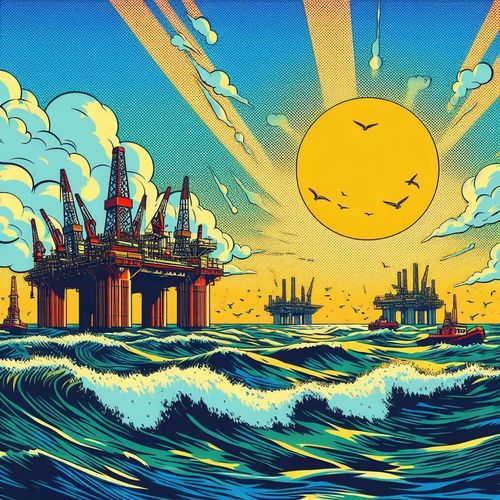Market Dynamics & Outlook
As we kick off the second quarter of 2024, the offshore drilling sector continues its steady, if measured, march forward. While the magnitude of progress has perhaps been more understated than some bulls had hoped, the underlying fundamentals and long-term trends remain firmly intact. Recent developments, such as Transocean's 365-day contract extension for the Deepwater Asgard, provide tangible evidence of the improving market dynamics.
One key observation over recent months has been the relative dearth of major developments or announcements. In a way, this "lack of news" has been the most noteworthy aspect, particularly for the drillers. The offshore drilling space operates on extended timelines, with projects often taking years to come to fruition. Coordinating the various elements — from drilling rigs and subsea infrastructure to FPSOs — is an intricate dance that demands extensive planning and engineering. Regulatory hurdles add further complexity. As such, the prolonged deal negotiation timelines cited by drillers on recent earnings calls come as little surprise.
Looking ahead, I'm encouraged by the emerging trend of operators pursuing longer-term, multi-year contracts. These 3-5 year commitments, while perhaps commanding modest day rate concessions, offer drillers the allure of locking in elevated utilization levels. For those with the balance sheet to capitalize via share repurchases, this presents an attractive risk-reward setup. All told, while the pace of progress may test the patience of some investors, the sector appears to be on solid footing.
Rig Rates & Tenures
Turning to day rates, we've seen recent 7G drillship fixtures in the $470-500k range. Transocean's recent 365-day contract extension for the Deepwater Asgard, with a total value of approximately $195 million (including a lump sum payment), suggests that day rates continue to trend higher for high-spec assets.
The consensus expectation is that longer-tenure contracts in the 3-5 year bucket may see some modest rate concessions in exchange for term. By offering a slightly lower rate, drillers hope to secure contracts that last for several years (multi-year commitments). Even though they're earning a bit less per day, having a guaranteed contract for 3-5 years at today's still-high rates is seen as a good deal.
In summary, while we may not be at the "take-or-pay" inflection point just yet, leading edge day rates continue to grind higher. The real question is whether operators or drillers blink first in signing rigs away on longer-term contracts before the music stops.
Company-Specific Thoughts
On the company front, recent developments underscore the differing strategic approaches of the various drillers. Valaris and Seadrill, buoyed by clean balance sheets and ample liquidity, have been active on the buyback front.
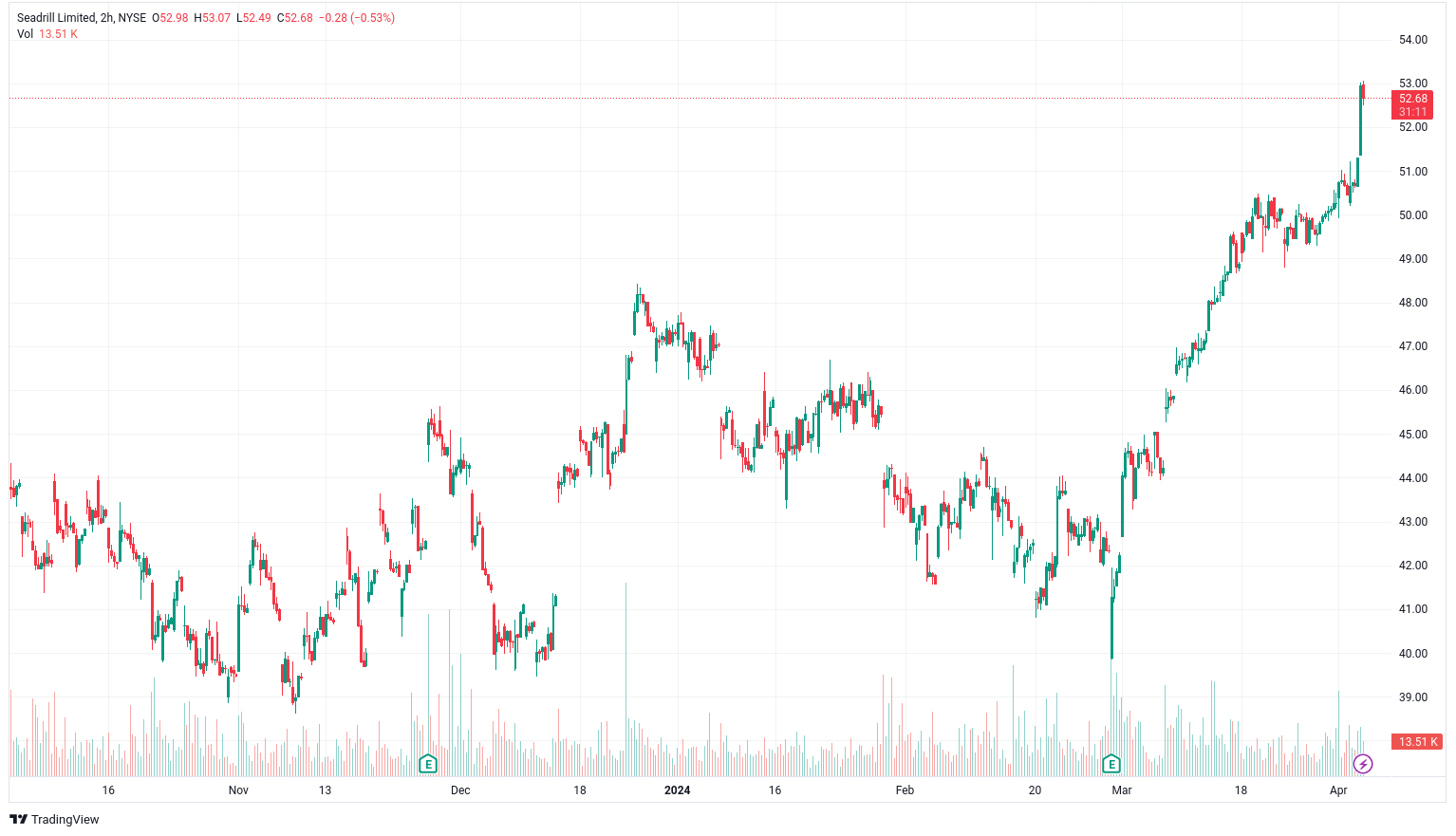
By locking in attractive term contracts and redeploying the cash flow into discounted shares, these players are pursuing a balanced strategy predicated on utilization. In my view, this is a sound approach for this stage of the cycle.
Transocean, in contrast, has taken a more aggressive tack by holding out for higher day rates at the expense of near-term utilization. The recent Deepwater Asgard extension, which adds approximately $184 million to Transocean's backlog, suggests this strategy is beginning to bear fruit. With an industry-leading fleet of high-spec assets and a global footprint, the company is well positioned to capitalize as the market continues to tighten.
Portfolio Musings
In terms of individual names, my preferences are dictated by one's risk tolerance and strategic inclinations. For those comfortable with a bit more volatility in pursuit of upside leverage, Transocean seems attractive. The company's industry-leading fleet of high-spec assets and blue-chip operator relationships position it well to capture rate upside as the market inflects. The recent Deepwater Asgard extension reinforces this view. Risks to the thesis include the company's leveraged balance sheet and the inherent cyclicality of the space.
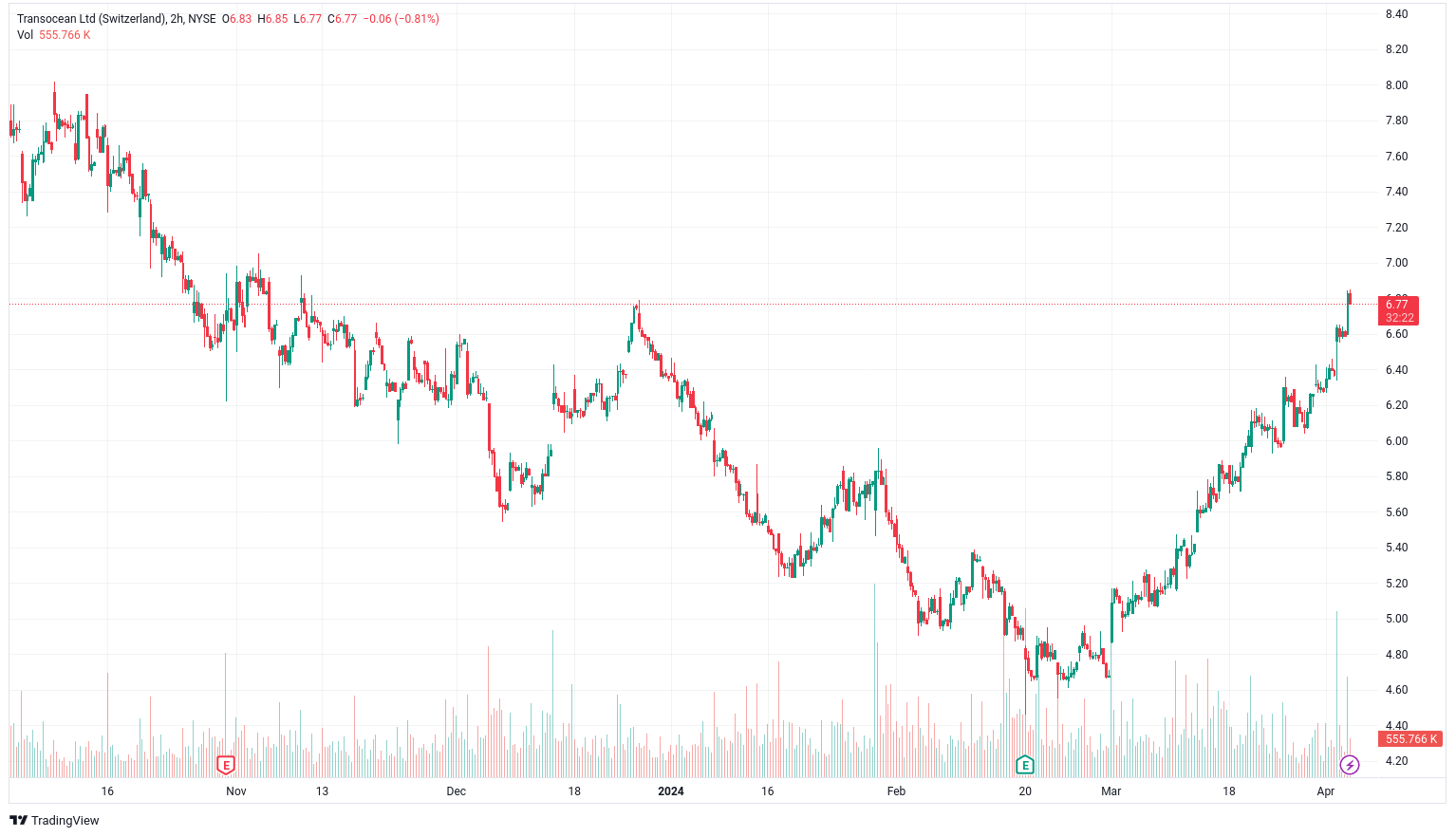
On the other side of the coin, Valaris offers a more measured way to play the drillers. With its pristine balance sheet and capital return mandate, the company presents a compelling setup for those desiring asset quality and modest financial risk. While perhaps capped on the upside compared to Transocean, Valaris offers a more stable cash flow profile and tangible downside support.
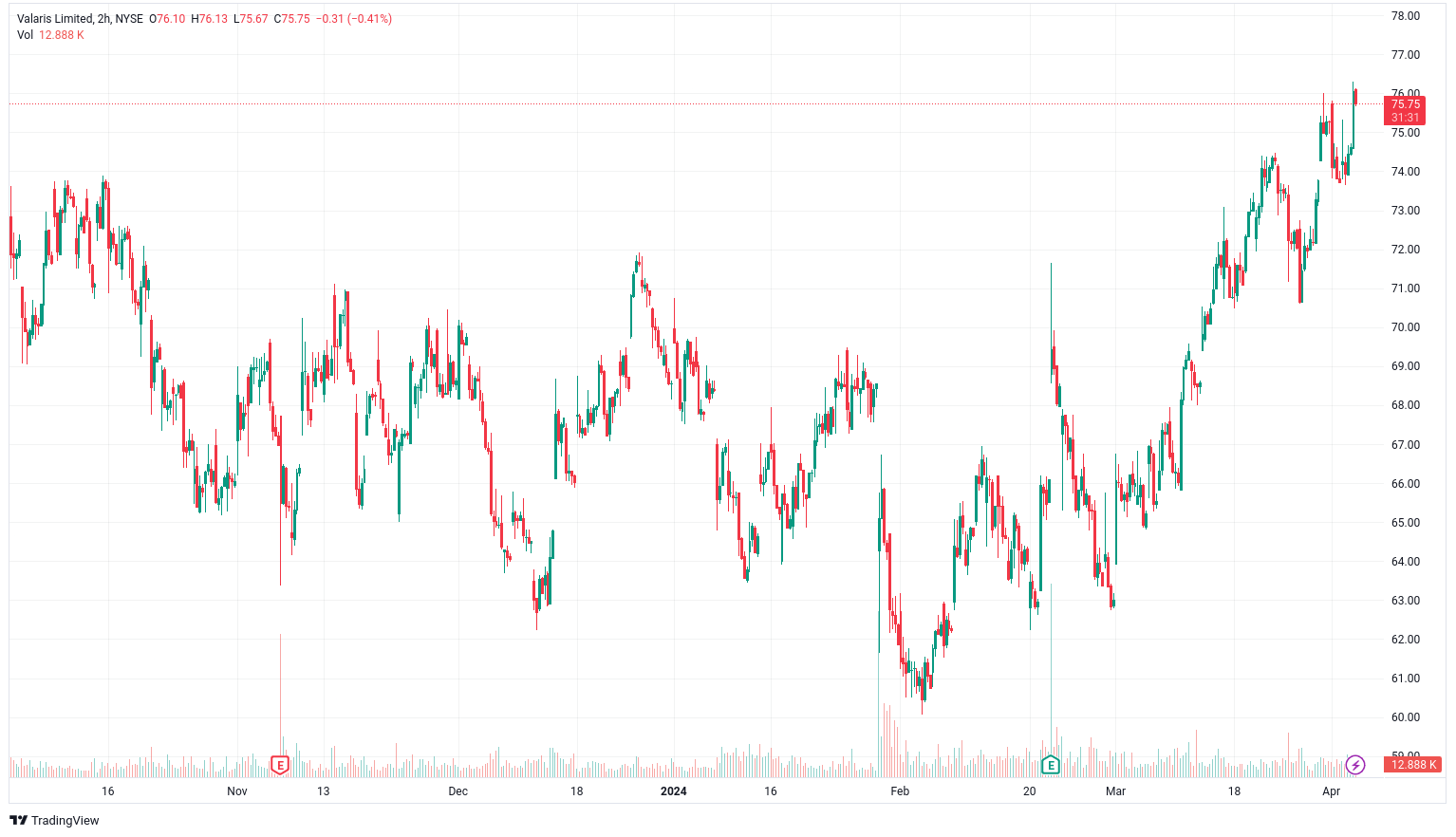
Outside of the traditional drillers, I'm quite constructive on the offshore vessel (OSV) providers. Names like Tidewater have been on a tear as of late, reflecting the inherent operational leverage to the incipient offshore recovery. With the OSV orderbook effectively sold out and tendering activity on the rise, I expect the momentum to continue in the coming quarters.
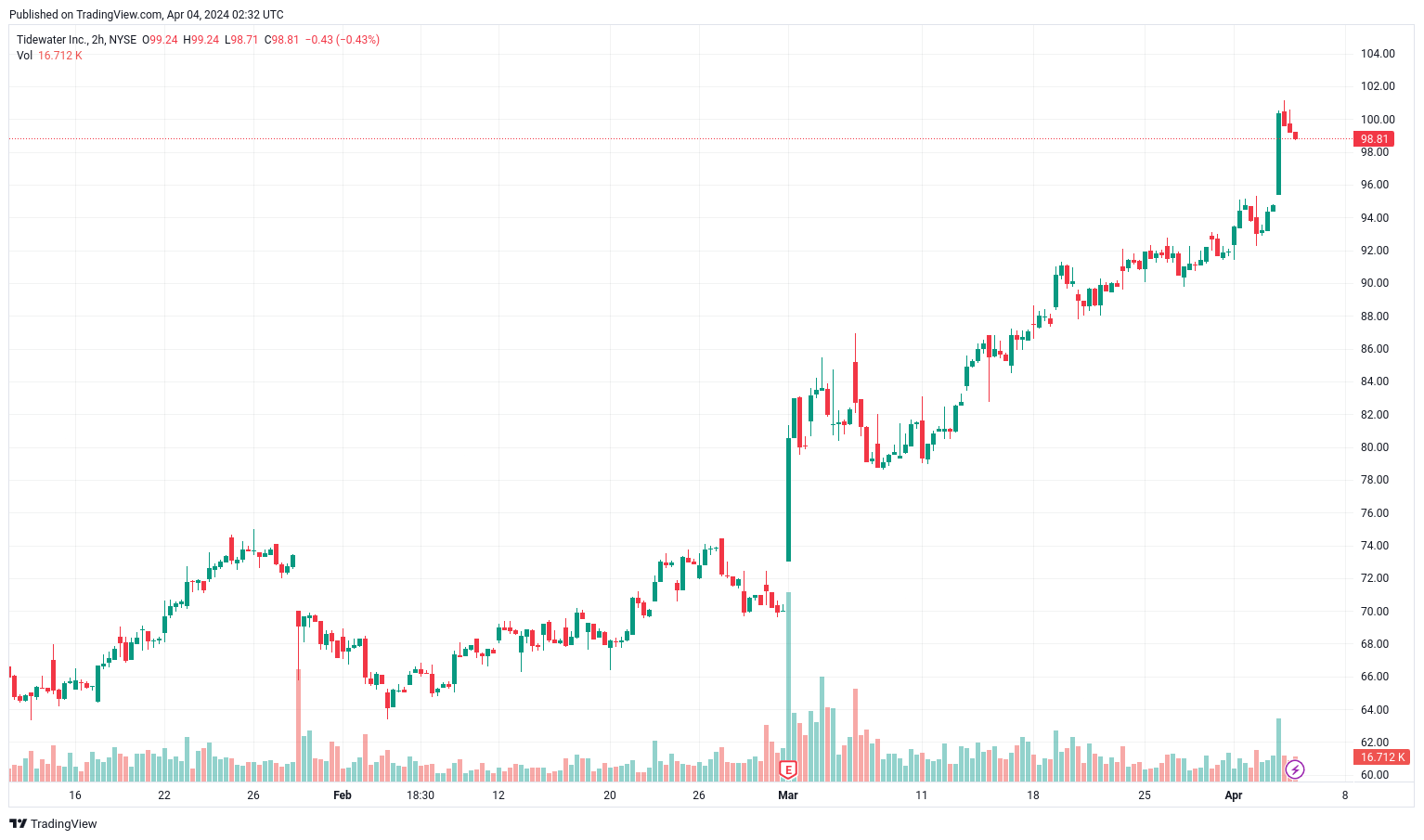
Risks & Wildcards
As with any cyclical business, the key risk to the offshore thesis is commodity price exposure. While the current fundamental setup appears constructive, an OPEC pivot or global recession could quickly alter the landscape. Geopolitical flare-ups, particularly as pertaining to Russia, also bear monitoring.
Putting It All Together
As I reflect on the current state of the offshore drilling sector, I can't help but be encouraged. While the pace of progress may have underwhelmed some, the reality is that this is a long-cycle business where patience is paramount.
With day rates grinding higher, contract durations on the rise, and a constructive commodity price backdrop, I believe the pieces are in place for a powerful multi-year upcycle. Investors looking for the next Uranium trade should consider keeping a close eye on this dynamic corner of the energy world.

